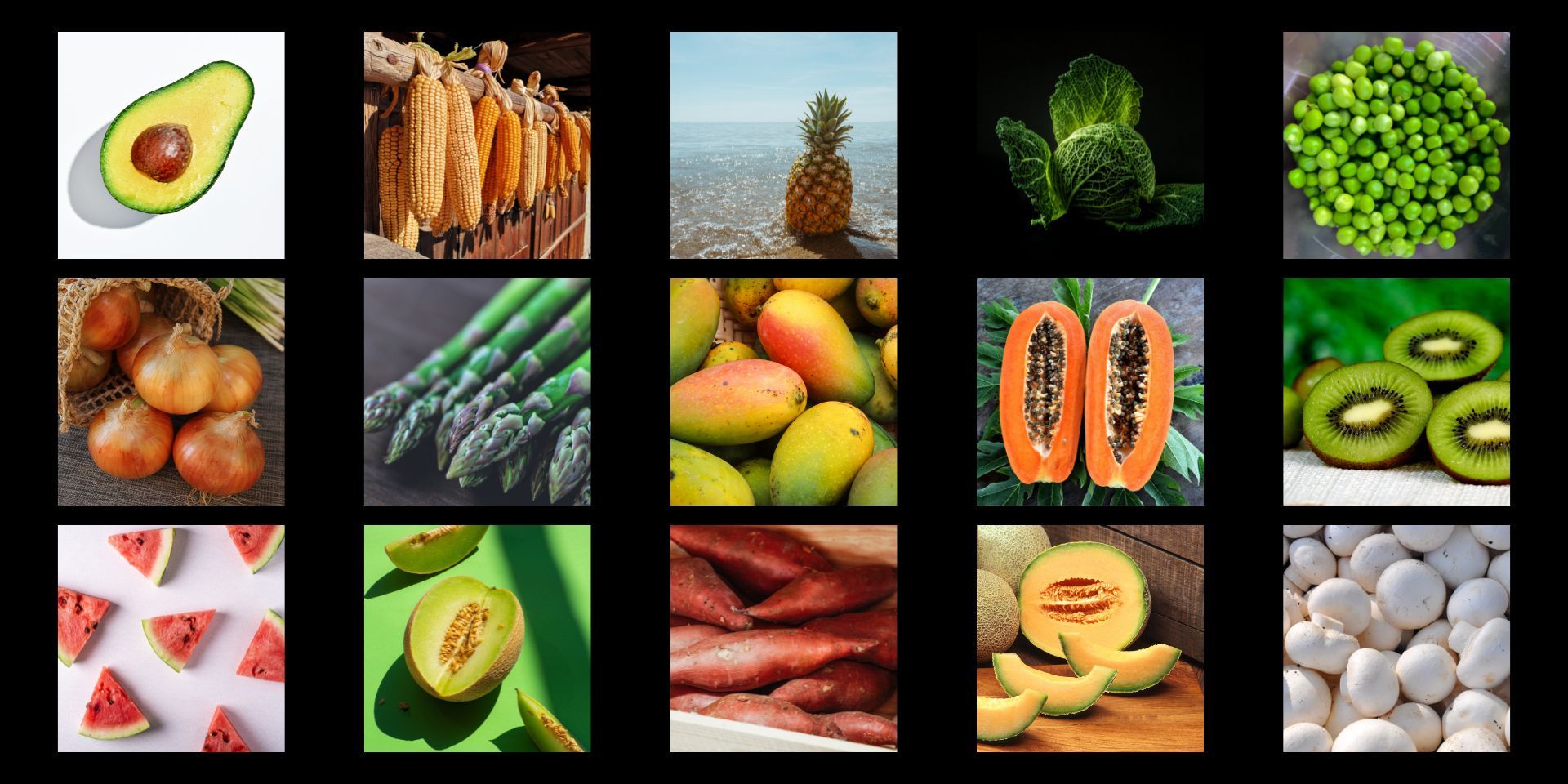Unlike most kids, I grew up loving fruit and vegetables. I’m an island boy at heart, so enjoying nature’s gift of nutrients was masked as loving sweet juices running down my mouth while I ate mangoes or crunched into a granny smith apple.
But in my late 20s, my body started disagreeing with certain fruits, and my love for sweet treats became a game of, what’s gonna make me sick today? I started getting nauseous when eating apples, peaches, pears, and plums. Any fruit with edible skin made my throat itch, my hands broke out with hives, and I could feel the jumbling in my stomach. Years of abusing alcohol taught me the jumble meant run outside or to the bathroom.
When I was home, I’d inhale a deep breath, run to the bathroom, sit on the floor and wait while rubbing my stomach, hoping it would bring some calm. Ten seconds later, I was stuffing my face in the toilet, throwing up pieces of fruit. It was heartbreaking not being able to eat summer fruits. Take my gluten, but never my fruits or peanuts!
A Passion Deterred
Before foodie culture, I helped open the flagship Eataly NYC store, where eating, tasting, and drinking became an experience in passion. Every day, I'd walk out of my office, stop at the produce section to pick up new fruits, and went home to be a test subject. Once home, I'd slice off a piece of fruit, chew, swallow, and wait. I also kept a glass of water next to me, hoping to weigh the fruit down. I just want to enjoy flavor! If I got sick, I'd wait ten minutes and try again, but with the skin peeled. As I made my cuts, the fruit juices splashed my hand's first web, and I felt the tingling sensation of an allergic reaction. So I'd give a little itch.
After two weeks of testing, I realized eating organic led to itchy hands but fewer bathroom runs. And my conscious eating philosophy evolved.
Three years later, while working as a journalist for a health brand, I wrote an article on the Clean 15 + Dirty Dozen list. My toilet bowl visits flashed before my eyes, and I finally understood why I was getting sick. The list became a reference on what I could/should eat organically. And both lists, combined with my mental notes, gave me more control over what I allowed into my body: conscious consumerism.
Clean 15: Mindful + Healthful Consumerism
Discovering the Clean 15 + Dirty Dozen list in 2017 revolutionized how I buy produce. Learning that even organic fruit has pesticides made me think back to cutting organic apples and feeling a slight allergic reaction. Pesticides soak deep.
Each year, the Environmental Working Group (EWG) updates the Shopper’s Guide To Pesticide In Produce, which breaks down its list into the “Dirty Dozen”—produce to avoid due to pesticide contamination—and the “Clean 15.”
Clean 15 2022 Updates
The Clean 15 list doesn’t change too much. Five years after my first introduction, only three crops are different, so at least there’s consistency. Today, the only skinned fruits I eat are grapes and berries with my power-packed oatmeal. I only eat peaches, apples, and pears, slightly baked or cooked, and I haven’t thrown up since.
Last year, the Environmental Protection Agency moved ahead with a long overdue chlorpyrifos ban on food crops. Additionally, broccoli, cauliflower, and eggplant were removed from the Clean 15 because the USDA hadn’t tested them in six, seven, and 14 years, respectively. Some additional key findings for 2022’s list:
- Almost 70 percent of Clean Fifteen fruit and vegetable samples had no detectable pesticide residues.
- Avocados and sweet corn were the cleanest produce—less than 2 percent of samples showed any detectable pesticides.
- Just under 5 percent of Clean Fifteen fruit and vegetable samples had residues of two or more pesticides.
- The first six Clean Fifteen items tested positive for just three or fewer pesticides per sample.
“When given a choice, more consumers are choosing organic fruits and vegetables or using EWG’s Shopper’s Guide to find an easy affordable way to avoid toxic chemicals,” says Sonya Lunder, an EWG senior analyst, in a press release. “They want to eat a diet rich in fruits and vegetables without eating too many pesticides. And they want to support local farms and agriculture that is better for the environment.”
2022 Clean 15 List

1. Avocados
Avocados are consistently on the Clean 15 list because pesticides can't make it through their thick skin.
Avocado Benefits:
- Folic acid-DNA repair
- Potassium-when combined with calcium and vitamin D support bone health.
- Protects from liver damage
- Healthy fat substitute promotes decreases cholesterol
- Decreases free radical damage to cells
Ways to Enjoy:
- Spread on a morning toast
- Guacamole
- Midday smoothie
- Avocado Fries
2. Corn
Corn is the second most mass-produced food in the world after sugar cane. So it’s surprising that it’s “clean.” Although corn is protected by its husk, GMO corn is typically not sprayed with pesticides, since they are designed to naturally resist bugs.
Corn Benefits:
- High fiber content promotes healthy digestion
- Promotes healthy gut bacteria growth,
- Regulates blood sugar levels
- Increase absorption of trace mineral
Ways to Enjoy:
- Elote Corn
- Buttermilk Cornbread
- Corn Chowder
3. Pineapples
Pineapples are another thick-skinned fruit that blocks out pesticides; only six pesticides are present, all occurring less than five percent of the time.
Pineapple benefits:
- Decreases inflammation
- Settles digestive issues, due to the protein digesting enzyme bromelain.
- Vitamin C boosts immune function and aids tissue growth and repair
Ways to Enjoy:
- Caramelized Pineapple Sundaes
- Pineapple-Sweet Tea Punch
- Pineapple slaw
4. Cabbage
Although cabbage has no hard exterior, it ranks high because minimal pesticides are required to grow it. Cabbage is another vitamin C rich fruit.
Cabbage Benefits:
- Contains glucosinolates, folate, vitamin C, and fiber.
- has anti-inflammation properties
- Supports healthy cholesterol levels
- a fiber dense food for improved digestion thanks to its 1g of calorie for every calorie.
Ways to Enjoy:
- Kielbasa and Cabbage Skillet
- Cabbage Rolls
- Oven-Caramelized Cabbage Wedges
5. Sweet Peas Frozen
Frozen sweet pea pesticide results showed 12 pesticides, less than four percent of the time. Peas are best sold frozen because they immediately become stale and old once picked.
Pea Benefits:
- Chelsey Wisotsky of Savor Health notes, “Peas provide healthy plant protein to your diet and may help you cut down on eating animal protein.”
- The rich flavonoids, carotenoid, phenolic acids, and polyphenols provide anti-aging, immune boosting, and enhanced energy properties
Ways to Enjoy:
- Easy Split Pea Soup
- Pea and Wasabi Dip
- Sweet Pea Fried Rice
6. Onions
Onions have multiple protective layers: first, the paper-thin skin and an epidermal layer that protects each flesh leaf. This helps minimize pesticide absorption.
Onion Benefits:
- Sulfur-rich which decreases blood clotting and inflammation.
- Quercetin and organic sulfur compounds promote insulin production
Ways to Enjoy:
- French Onion Soup
- Golden Onion Pie
- Onion Rings
Eating the protective skin of onions has been gaining more attention as research suggests it offers additional health benefits. Most notably, Quercetin, a bioflavonoid, resides in the skin and provides antioxidant and anti-inflammation properties to support gastrointestinal health.
7. Asparagus
In 2004 the Department of Agriculture released a study showing asparagus’ ability to degrade the commonly used pesticide malathion. Although malathion residue didn’t show up on any Clean 15 results, the same enzymes may help asparagus remove other pesticides.
Asparagus Benefits:
- Anti-inflammatory properties.
- Sarsasapogenin reduces inflammation-induced nerve cell death.
Ways to Enjoy:
- Cream of Asparagus Soup
- Smoked Salmon and Asparagus Puffs
- Asparagus and Corn Fritters
8. Mangoes
Mangoes are well protected from pesticide due to their thick skin. Of the 11 pesticides present, thiabendazole is the most commonly found pesticide at 15.9 percent.
Mango Benefits:
- Vitamin A in mangoes support vision and promotes bone growth
- Folic acid can decrease congenital disability risk.
- Mango skin offers rich antioxidants, fat cell growth inhibition, and reduces morning sickness. If you’re planning to eat the peel, opt for organic
Ways to Enjoy:
- Mango-Habanero Salsa
- Coconut Mango Pops
- Mango-Cucumber Rice Salad
9. Papayas
Papayas are another thick-skinned fruit that prevent pesticides from reaching edible flesh.
Papaya Benefits:
- Supports a healthy cardiovascular system
- Decrease risk of ge-related macular degeneration (vision loss with age),
- Reduces rheumatoid arthritis risk
Ways to Enjoy:
- Papaya Avocado Salsa
- Papaya Creme Brulee
- Turmeric Papaya Smoothie
10. Kiwi
Although kiwis have thin skin, they’re rarely sprayed with pesticides.
Kiwi Benefits:
- Suppresses respiratory issues related to asthma.
- Carotenoids - Improves vision and decreases defense against skin damage from UV radiation.
Ways to Enjoy:
- Kiwi Bread
- Kiwi Lemonade
- Kiwi and Pineapple Popsicles
11. Watermelon
Watermelons are rich in nutrients, high in water, and low calories.
Watermelon Benefits:
- Richest dietary source of the amino acid citrulline, which transforms into the essential amino acid arginine once in your body.
- Arginine supports healthy blood pressure as well as organ, reproductive, and immune function.
Ways to Enjoy:
- Watermelon Gazpacho
- Mint Watermelon Salad
- Spicy Shrimp & Watermelon Kabobs
12. Honeydew
Honeydew’s thick skin keeps it protected from a lot of pesticides. Low in calories and rich in natural sugar honeydew is an amazing alternative to keep the unnatural sugar addiction at bay.
Honeydew Benefits:
- Rich in potassium,
- Blood pressure regulator
- Copper-promotes cell regeneration.
Ways to Enjoy:
- Green Gazpacho
- Ginger-Glazed Grilled Honeydew
- Honeydew Granita
13. Sweet Potato
Sweet potatoes are high in fiber to support healthy digestion.
Sweet Potato Benefits:
- Beta carotene decrease free radical damage
- Vitamin C supports immune health
- Potassium supports blood pressure and energy production
Ways to Enjoy:
- Air Fryer Sweet Potatoes
- Sweet Potato Gnocchi with Brown Butter, Crispy Pancetta and Sage
- Sweet Potato Lasagna
14. Cantaloupe
Cantaloupe flesh is also protected from pesticides thanks to its hick skin. Of the 17 pesticides commonly found in cantaloupe, all are present less than 14 percent of the time.
Cantaloupe Benefits:
- Rich in A, C, B, and K vitamins, potassium, flavonoids, and carotenoids
- Provide inflammation regulation
- Increases antioxidant support
- Decreases cellular damage
Ways to Enjoy:
- Melon Salad
- Melon Caprese Skewers
- Peach, Melon, Basil And Burrata Salad
15. Mushroom
Surprisingly, Mushrooms are clean. The most common pesticide used on mushrooms is thiabendazole, which is commonly prescribed to treat pinworm infections.
Mushrooms Benefits:
- supports bone health due to their rich vitamin D content
- promotes healthy blood pressure
- supports a healthy gut biome
Ways to Enjoy:
- Barbecue Mushroom Pizza
- Stuffed Mushroom Dip
- Portobello Mushroom Lasagna
Clean 15: Another Option When Buying
The Clean 15 list also offers you options for buying less expensive, healthier options. You don’t always need to opt for organic, especially if produce is on the clean 15. So balance your wallet and chef needs. I continue to add new fruit to my list like grapes, pomegranates, or asian pears to see what my body will reject. I'm a minimalist, so just a small dose is enougn.
“The EPA sets safety limits for individual pesticides but they do not take into consideration the total load of combined pesticides on human health,” notes Karen Brennan, MSW, CNC, Herbalist of Tru Food





